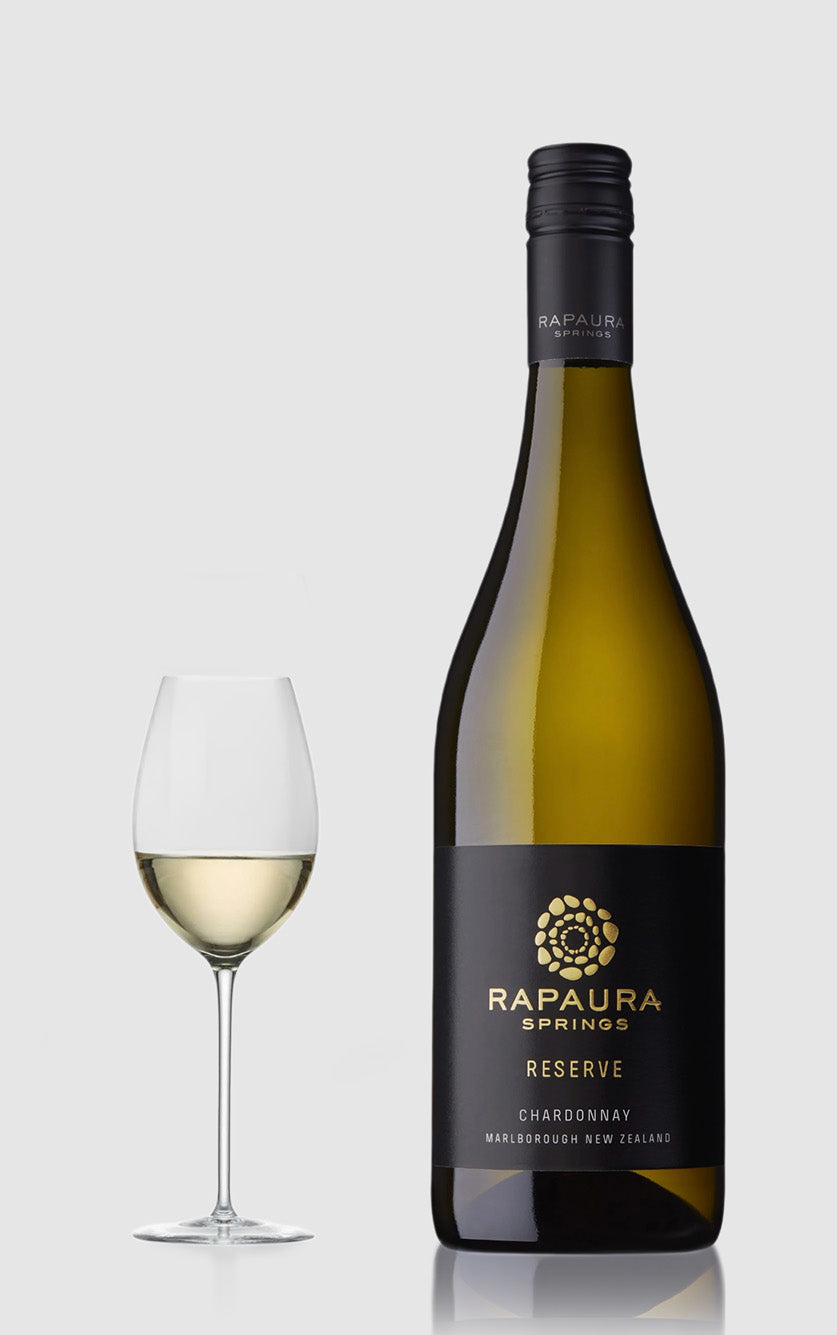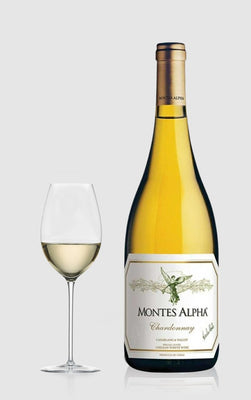Andre kategorier du måske vil kunne lide
Sparkling Wine
-
Andersen Winery Ben A sparkling blackcurrant wine
Vendor:Andersen WineryRegular price 249,00 DKKRegular priceUnit price / per -
Andersen Winery Rose Marie sparkling organic apple wine
Vendor:Andersen WineryRegular price 199,00 DKKRegular priceUnit price / per -
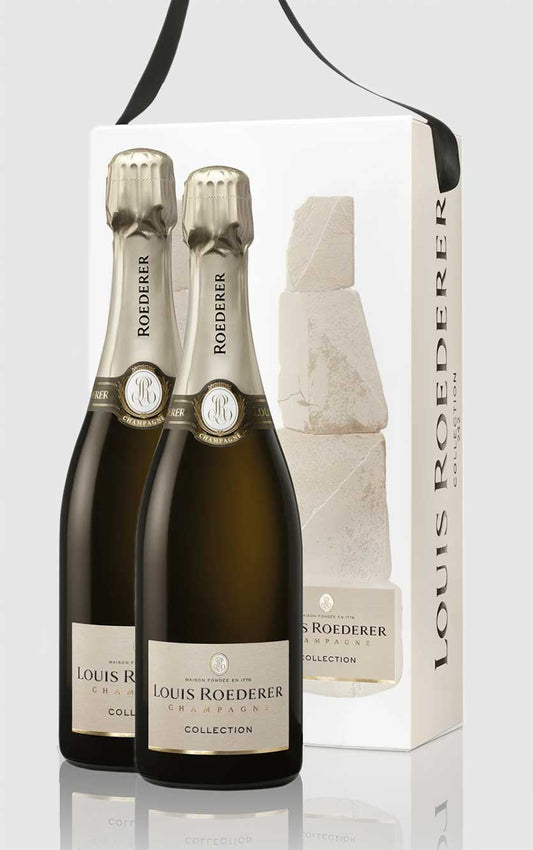 ★ 94 – DH Wines★ 91 – Wine Enthusiast★ 4.3 – Vivino
★ 94 – DH Wines★ 91 – Wine Enthusiast★ 4.3 – VivinoLouis Roederer Collection 243 Brut Champagne 2 X 75 CL GRAPHIC BOX
Vendor:Louis RoedererRegular price 999,00 DKKRegular priceUnit price / per0,00 DKKSale price 999,00 DKK -
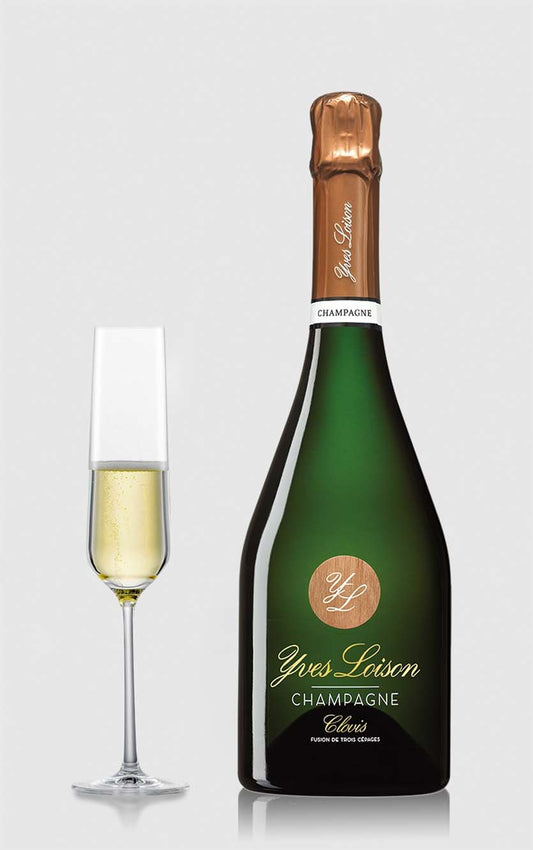 ★ 89 – DH Wines
★ 89 – DH WinesYves Loison Champagne Clovis Brut
Vendor:Yves Losion Champagne-7% rabatRegular price 369,00 DKKRegular priceUnit price / per399,00 DKKSale price 369,00 DKKSale -
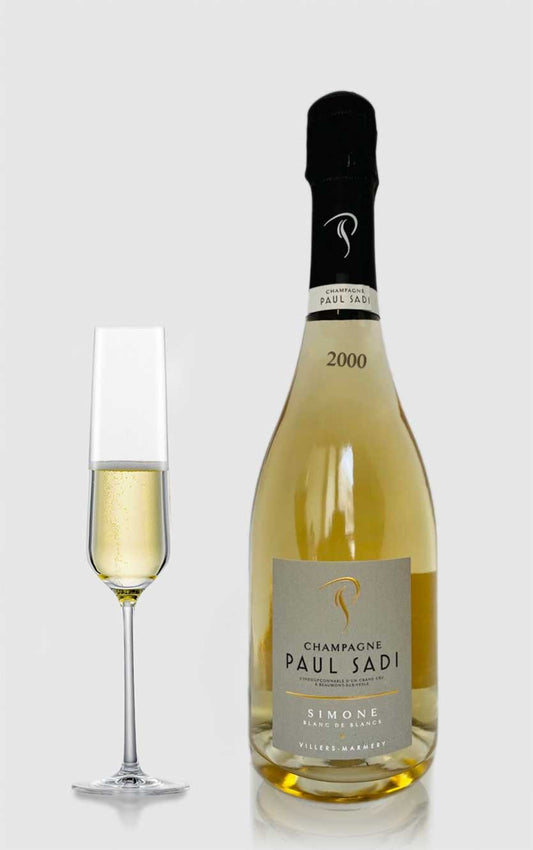 ★ 92 – DH Wines★ 4.5 – Vivino
★ 92 – DH Wines★ 4.5 – VivinoPaul Sadi Champagne Simone Blanc de Blanc
Vendor:Paul SadiRegular price 349,00 DKKRegular priceUnit price / per -
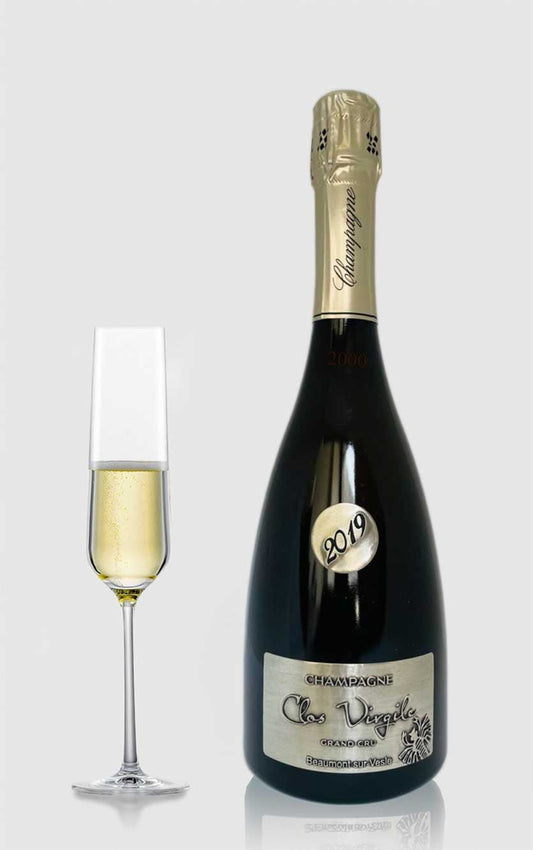 ★ 92 – DH Wines★ 4.5 – Vivino
★ 92 – DH Wines★ 4.5 – VivinoPaul Sadi Champagne Clos Virgile 2019
Vendor:Paul SadiRegular price 549,00 DKKRegular priceUnit price / per -
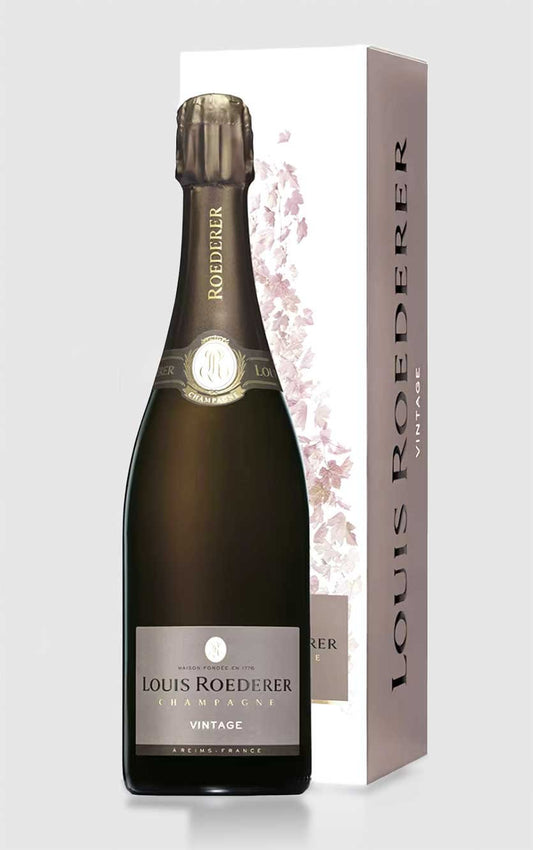 ★ 94 – DH Wines★ 4.6 – Vivino
★ 94 – DH Wines★ 4.6 – VivinoLouis Roederer Brut Vintage 2015
Vendor:Louis RoedererRegular price 849,00 DKKRegular priceUnit price / per -
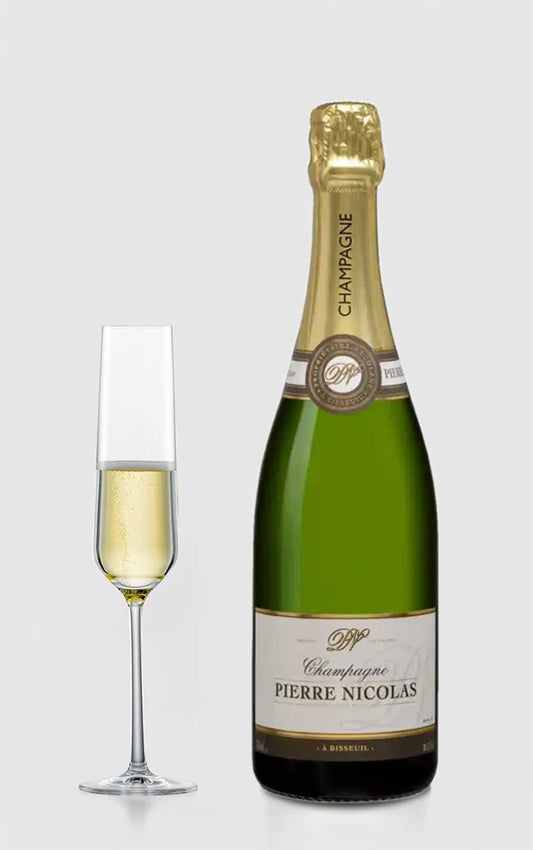 ★ 94 – DH Wines★ 4.0 – Vivino
★ 94 – DH Wines★ 4.0 – VivinoChampagne Brut, Pierre Nicolas Domaine Bauchet
Vendor:Domaine BauchetRegular price 329,00 DKKRegular priceUnit price / per -
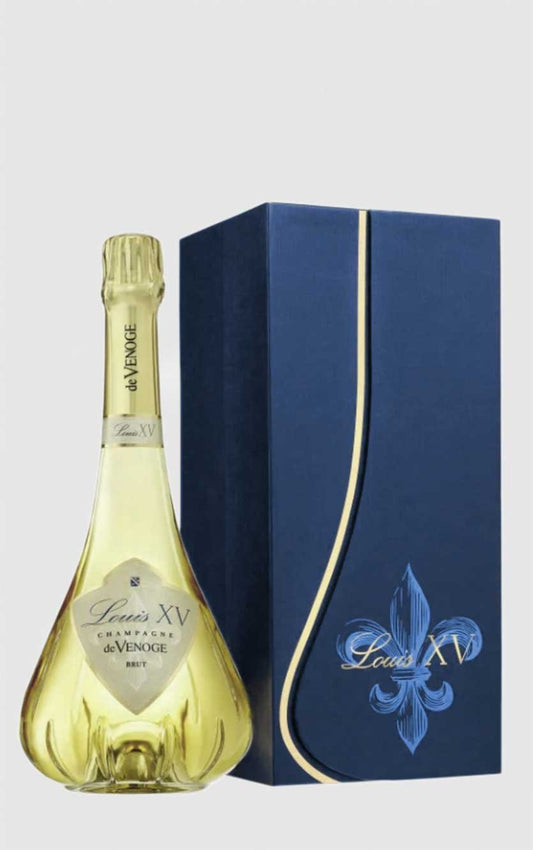 ★ 94 – DH Wines★ 4.6 – Vivino
★ 94 – DH Wines★ 4.6 – VivinoDe Venoge Champagne - 2012 Louis XV Brut
Vendor:de VenogeRegular price 2.295,00 DKKRegular priceUnit price / per0,00 DKKSale price 2.295,00 DKK -
 ★ 87 – DH Wines★ 4.0 – Vivino
★ 87 – DH Wines★ 4.0 – VivinoJean Vesselle Demi Sec Rose Cuvee Friandise
Vendor:Jean VesselleRegular price 449,00 DKKRegular priceUnit price / per -
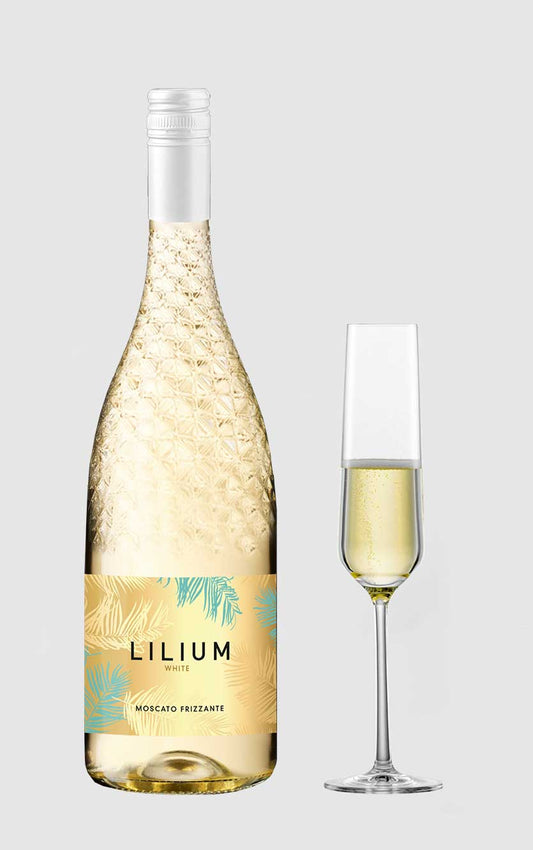 ★ 88 – DH Wines★ 4.0 – Vivino
★ 88 – DH Wines★ 4.0 – VivinoLilium Frizzante Moscato
Vendor:Reserva de la TierraRegular price 69,00 DKKRegular priceUnit price / per0,00 DKKSale price 69,00 DKK -
 ★ 95 – DH Wines★ 4.8 – Vivino
★ 95 – DH Wines★ 4.8 – VivinoDiebolt-Vallois Fleur de Passion 2010
Vendor:Diebolt-ValloisRegular price 1.595,00 DKKRegular priceUnit price / per -
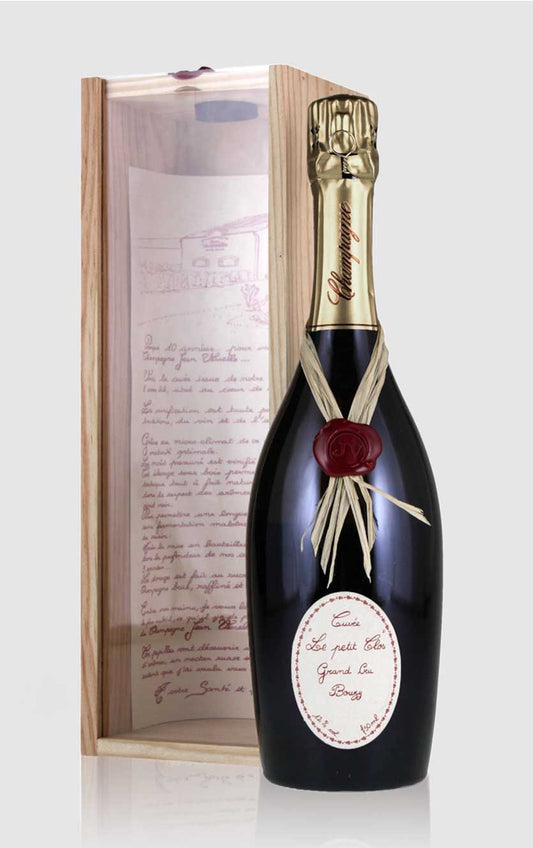 ★ 93 – James Suckling★ 93 – DH Wines★ 4.7 – Vivino
★ 93 – James Suckling★ 93 – DH Wines★ 4.7 – VivinoJean Vesselle, Cuvée Le Petit clos 2010, Grand Cru Bouzy
Vendor:Jean VesselleRegular price 1.595,00 DKKRegular priceUnit price / per0,00 DKKSale price 1.595,00 DKK -
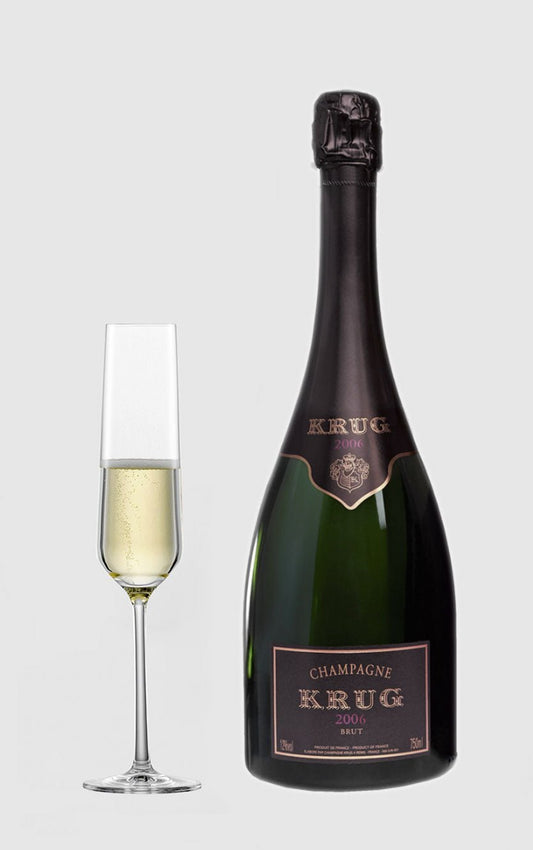 ★ 98 – DH Wines★ 97 – Wine Enthusiast★ 97 – Robert Parker★ 97 – James Suckling★ 97 – Decanter★ 4.5 – Vivino
★ 98 – DH Wines★ 97 – Wine Enthusiast★ 97 – Robert Parker★ 97 – James Suckling★ 97 – Decanter★ 4.5 – VivinoKrug Vintage Brut 2006 Champagne NAKED
Vendor:KrugRegular price 3.495,00 DKKRegular priceUnit price / per -
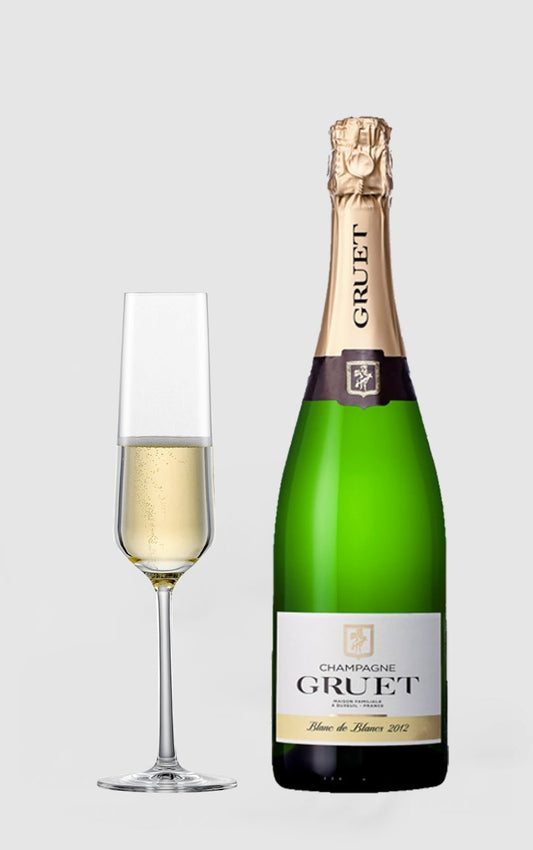 ★ 89 – DH Wines★ 4.2 – Vivino
★ 89 – DH Wines★ 4.2 – VivinoGruet Blanc de Blancs Champagne NV.
Vendor:GravitasRegular price 349,00 DKKRegular priceUnit price / per -
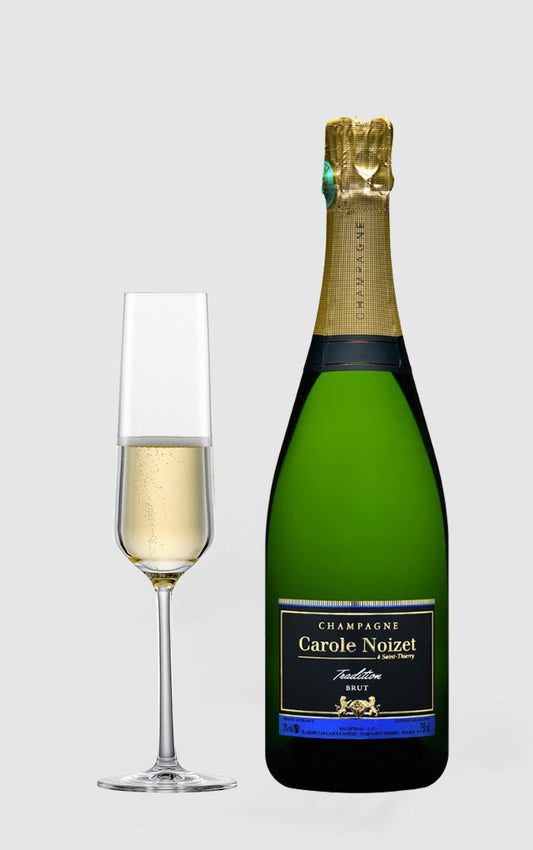 ★ 88 – DH Wines★ 4.0 – Vivino
★ 88 – DH Wines★ 4.0 – VivinoChampagne Carole Noizet Brut Tradition
Vendor:Bruno MichelRegular price 329,00 DKKRegular priceUnit price / per -
 ★ 98 – Robert Parker★ 97 – Decanter★ 95 – DH Wines★ 4.7 – Vivino
★ 98 – Robert Parker★ 97 – Decanter★ 95 – DH Wines★ 4.7 – VivinoBollinger Grande Année Magnum 2008 150 CL
Vendor:BollingerRegular price 2.999,00 DKKRegular priceUnit price / per -
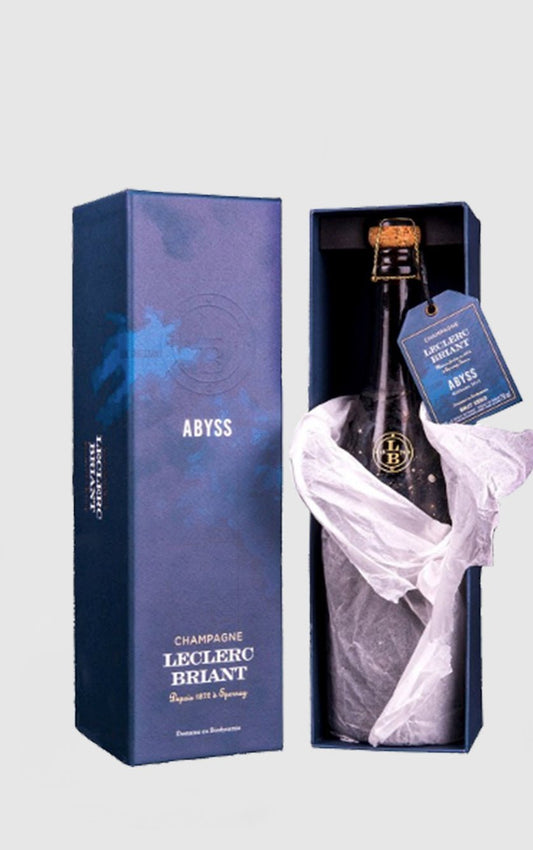 ★ 95 – Decanter★ 93 – Wine Enthusiast★ 93 – DH Wines★ 4.4 – Vivino
★ 95 – Decanter★ 93 – Wine Enthusiast★ 93 – DH Wines★ 4.4 – VivinoLeclerc Briant Abyss 2016 in Gift Box
Vendor:Leclerc BriantRegular price 1.799,00 DKKRegular priceUnit price / per -
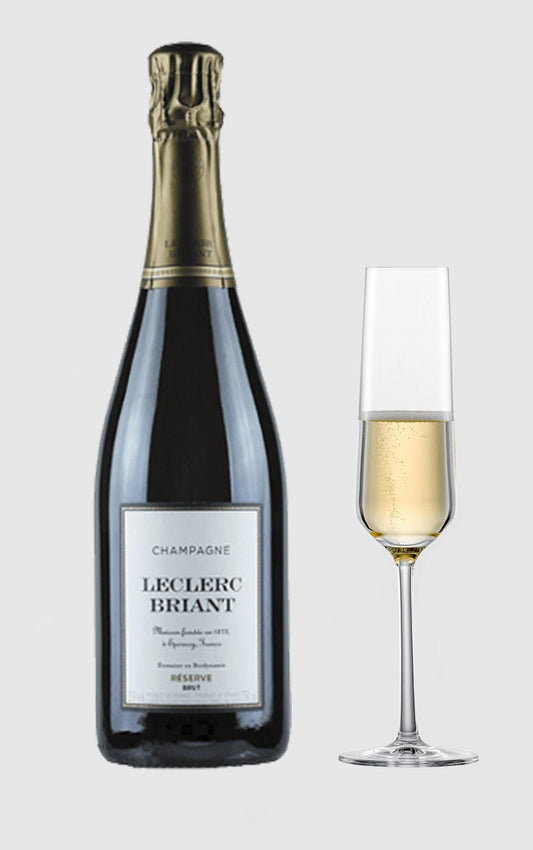 ★ 92 – Wine Enthusiast★ 91 – James Suckling★ 91 – DH Wines★ 4.0 – Vivino
★ 92 – Wine Enthusiast★ 91 – James Suckling★ 91 – DH Wines★ 4.0 – VivinoLeclerc Briant Brut Reserve champagne
Vendor:Leclerc Briant-11% rabatRegular price 399,00 DKKRegular priceUnit price / per449,00 DKKSale price 399,00 DKKSale -
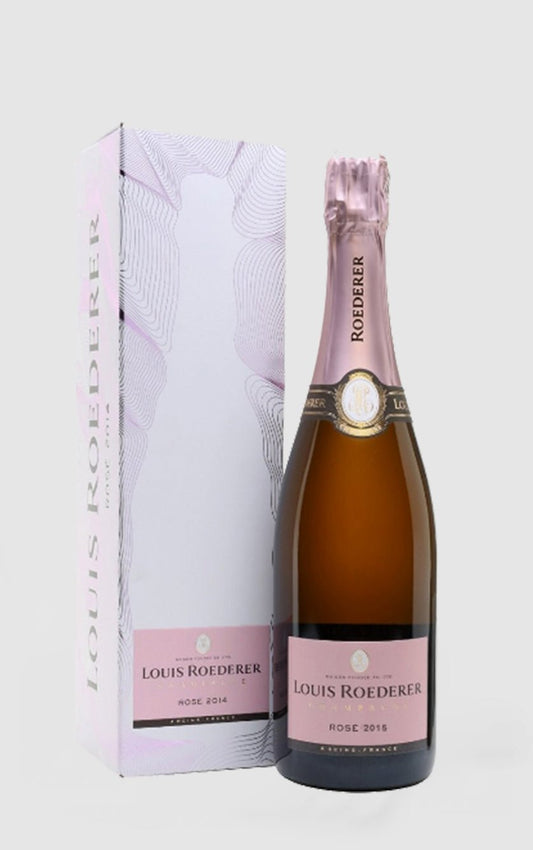 ★ 94 – Robert Parker★ 93 – James Suckling★ 93 – Decanter★ 92 – DH Wines★ 4.5 – Vivino
★ 94 – Robert Parker★ 93 – James Suckling★ 93 – Decanter★ 92 – DH Wines★ 4.5 – VivinoLouis Roederer Brut Rosé Vintage Champagne 2016
Vendor:Louis RoedererRegular price 749,00 DKKRegular priceUnit price / per -
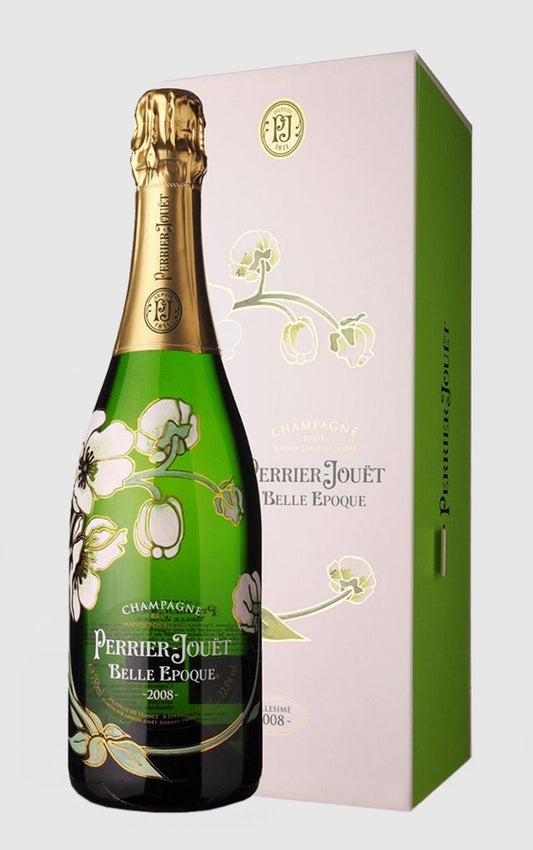 ★ 96 – Wine Enthusiast★ 95 – Decanter★ 94 – James Suckling★ 94 – DH Wines★ 93 – Robert Parker★ 4.5 – Vivino
★ 96 – Wine Enthusiast★ 95 – Decanter★ 94 – James Suckling★ 94 – DH Wines★ 93 – Robert Parker★ 4.5 – VivinoPerrier-Jouet Belle Epoque Brut 2008 in gift box
Vendor:N/ARegular price 1.995,00 DKKRegular priceUnit price / per -
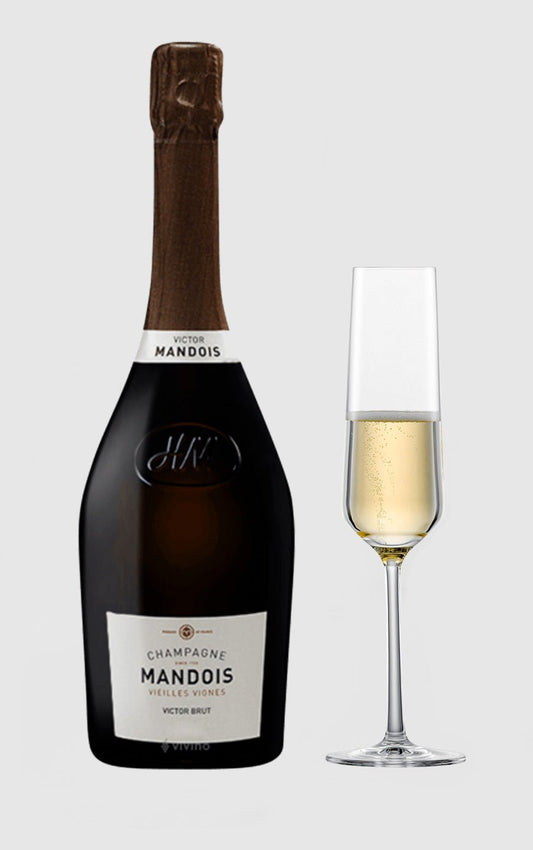 ★ 93 – Wine Enthusiast★ 92 – Robert Parker★ 92 – James Suckling★ 91 – DH Wines★ 4.2 – VivinoSold out
★ 93 – Wine Enthusiast★ 92 – Robert Parker★ 92 – James Suckling★ 91 – DH Wines★ 4.2 – VivinoSold outVictor Mandois Brut 2008 Champagne
Vendor:Victor MandoisRegular price 599,00 DKKRegular priceUnit price / per -
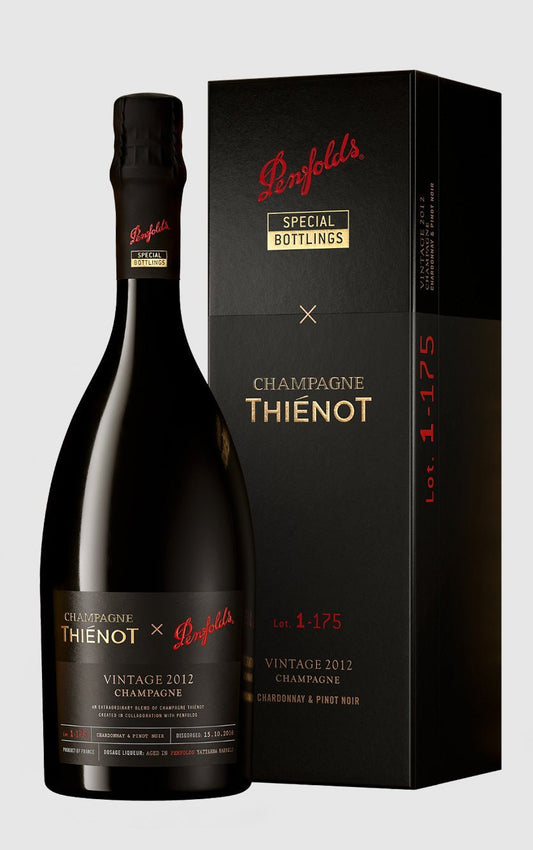 ★ 97 – Wine Enthusiast★ 97 – Robert Parker★ 95 – James Suckling★ 94 – DH Wines★ 93 – Decanter★ 4.4 – Vivino
★ 97 – Wine Enthusiast★ 97 – Robert Parker★ 95 – James Suckling★ 94 – DH Wines★ 93 – Decanter★ 4.4 – VivinoPenfolds Thienot Lot. 1-175 Rare Champagne 2012
Vendor:PenfoldsRegular price 1.799,00 DKKRegular priceUnit price / per -
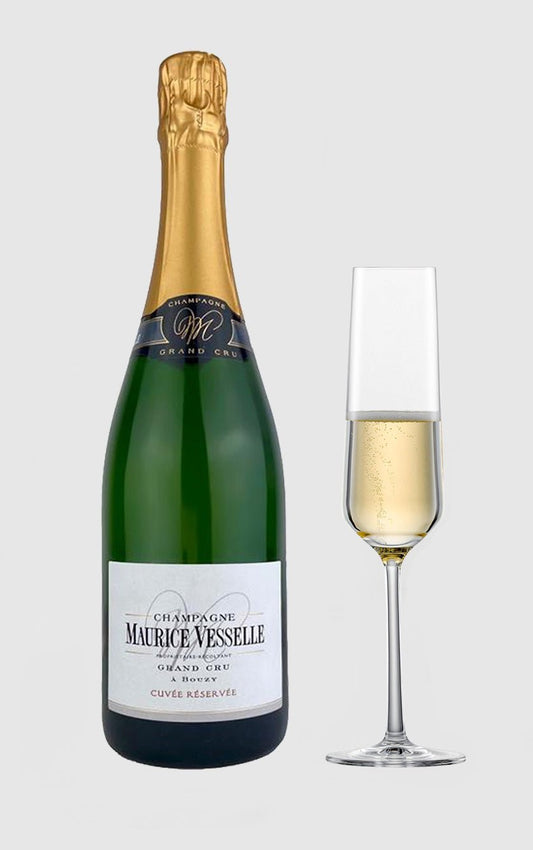 ★ 92 – DH Wines★ 4.1 – Vivino
★ 92 – DH Wines★ 4.1 – VivinoMaurice Vesselle Champagne Grand Cru Extra Dry
Vendor:Maurice VesselleRegular price 299,00 DKKRegular priceUnit price / per -
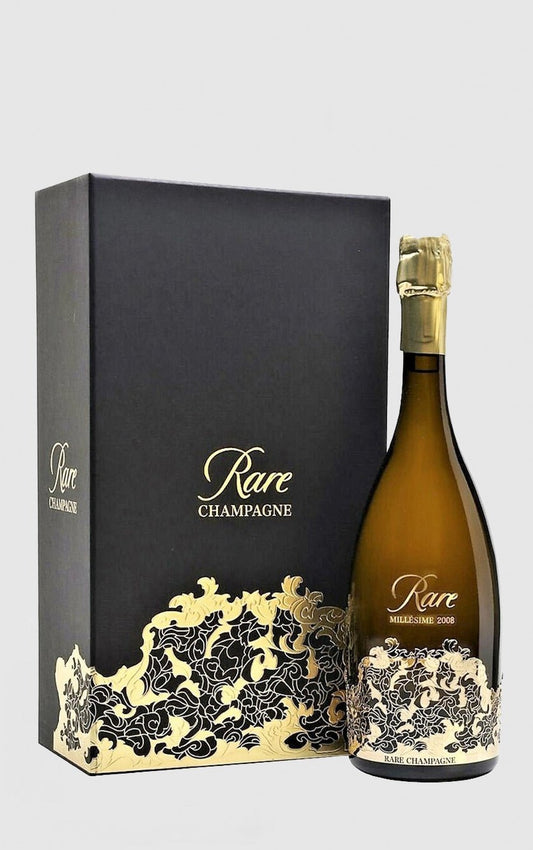 ★ 95 – DH Wines★ 4.5 – Vivino
★ 95 – DH Wines★ 4.5 – VivinoPiper Heidsieck, Special Rare Vintage 2008
Vendor:Piper HeidsieckRegular price 1.899,00 DKKRegular priceUnit price / per -
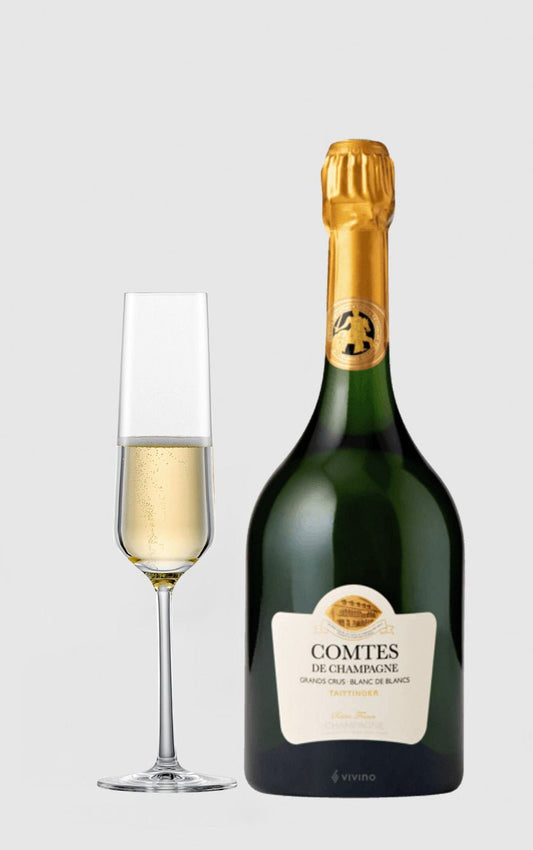 ★ 95 – James Suckling★ 92 – DH Wines★ 4.5 – Vivino
★ 95 – James Suckling★ 92 – DH Wines★ 4.5 – VivinoChampagne Grand Cru Blanc de Blancs 2008
Vendor:DH WinesRegular price 2.199,00 DKKRegular priceUnit price / per -
 ★ 94 – DH Wines★ 93 – Decanter★ 4.6 – Vivino
★ 94 – DH Wines★ 93 – Decanter★ 4.6 – VivinoLeclerc Briant Abyss rosé Champagne 2018
Vendor:Leclerc BriantRegular price 2.695,00 DKKRegular priceUnit price / per -
 ★ 98 – Wine Enthusiast★ 98 – James Suckling★ 98 – Decanter★ 97 – Robert Parker★ 97 – DH Wines★ 4.7 – Vivino
★ 98 – Wine Enthusiast★ 98 – James Suckling★ 98 – Decanter★ 97 – Robert Parker★ 97 – DH Wines★ 4.7 – VivinoDom Pérignon Champagne Plenitude P2 1998
Vendor:Dom PérignonRegular price 5.295,00 DKKRegular priceUnit price / per -
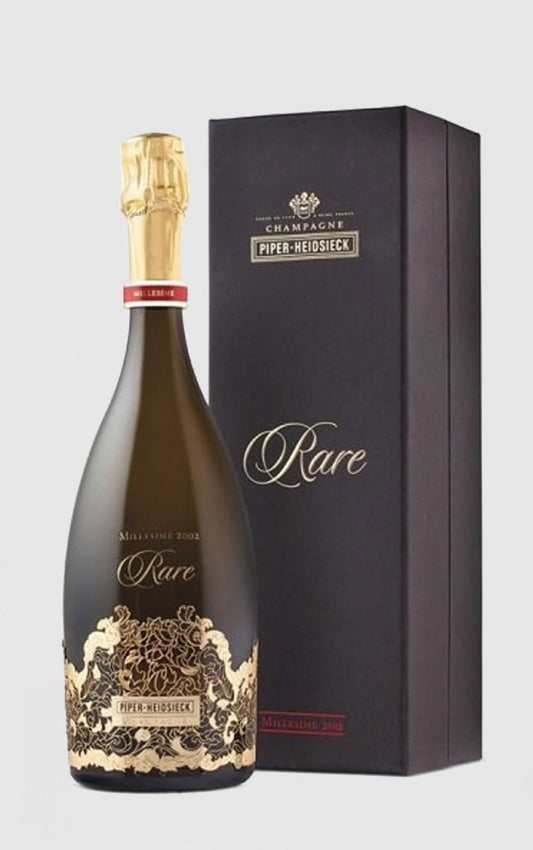 ★ 99 – James Suckling★ 97 – Wine Enthusiast★ 97 – Robert Parker★ 97 – Decanter★ 97 – DH Wines★ 4.6 – VivinoSold out
★ 99 – James Suckling★ 97 – Wine Enthusiast★ 97 – Robert Parker★ 97 – Decanter★ 97 – DH Wines★ 4.6 – VivinoSold outPiper-Heidsieck Rare Millésime 2002
Vendor:Piper-HeidsieckRegular price 1.995,00 DKKRegular priceUnit price / per -
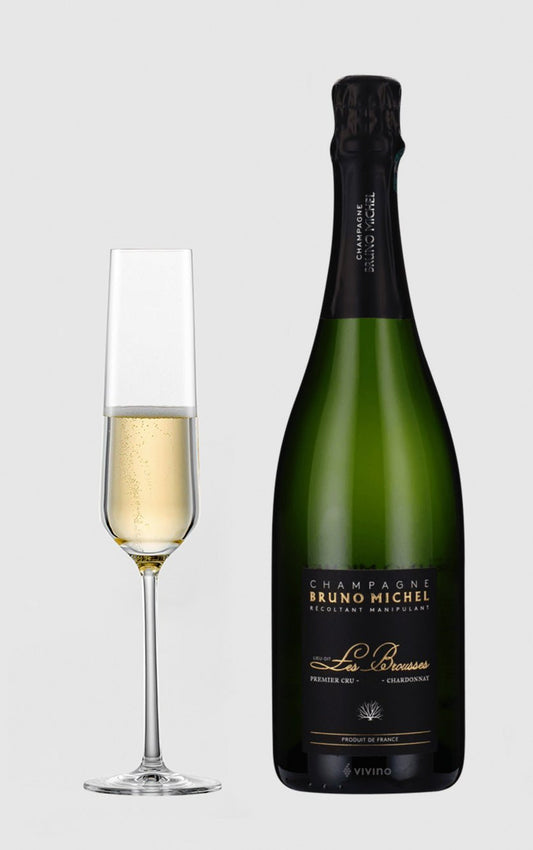 ★ 95 – DH Wines★ 94 – Wine Enthusiast★ 4.0 – Vivino
★ 95 – DH Wines★ 94 – Wine Enthusiast★ 4.0 – VivinoChampagne Bruno Michel Cuvée les Brousses BdB 2013
Vendor:Barons de RothschildRegular price 549,00 DKKRegular priceUnit price / per -
 ★ 98 – James Suckling★ 96 – Wine Enthusiast★ 96 – DH Wines★ 95 – Decanter★ 93 – Robert Parker★ 4.6 – Vivino
★ 98 – James Suckling★ 96 – Wine Enthusiast★ 96 – DH Wines★ 95 – Decanter★ 93 – Robert Parker★ 4.6 – VivinoDom Perignon Vintage 2010 Champagne Naked
Vendor:Dom PérignonRegular price 1.695,00 DKKRegular priceUnit price / per -
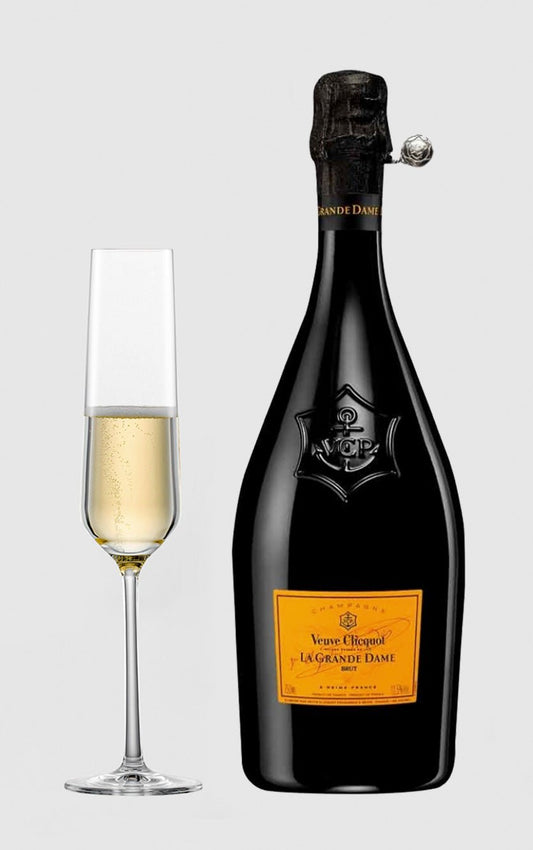 ★ 97 – James Suckling★ 95 – Wine Enthusiast★ 95 – Robert Parker★ 95 – Decanter★ 95 – DH Wines★ 4.5 – Vivino
★ 97 – James Suckling★ 95 – Wine Enthusiast★ 95 – Robert Parker★ 95 – Decanter★ 95 – DH Wines★ 4.5 – VivinoVeuve Clicquot, La Grande Dame 2006 Champagne
Vendor:Veuve ClicquotRegular price 1.195,00 DKKRegular priceUnit price / per -
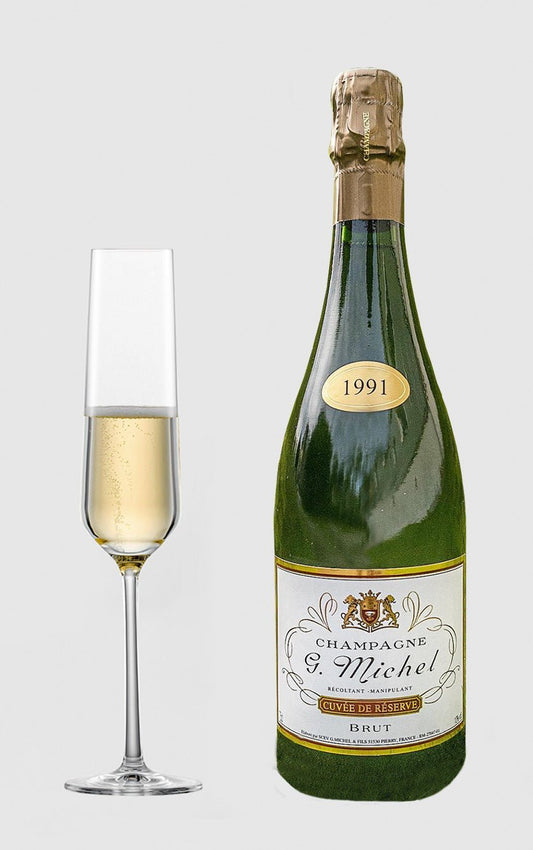 ★ 92 – DH Wines★ 3.5 – Vivino
★ 92 – DH Wines★ 3.5 – VivinoIguy Michel Millésime 1991 Brut
Vendor:Iguy MichelRegular price 599,00 DKKRegular priceUnit price / per -
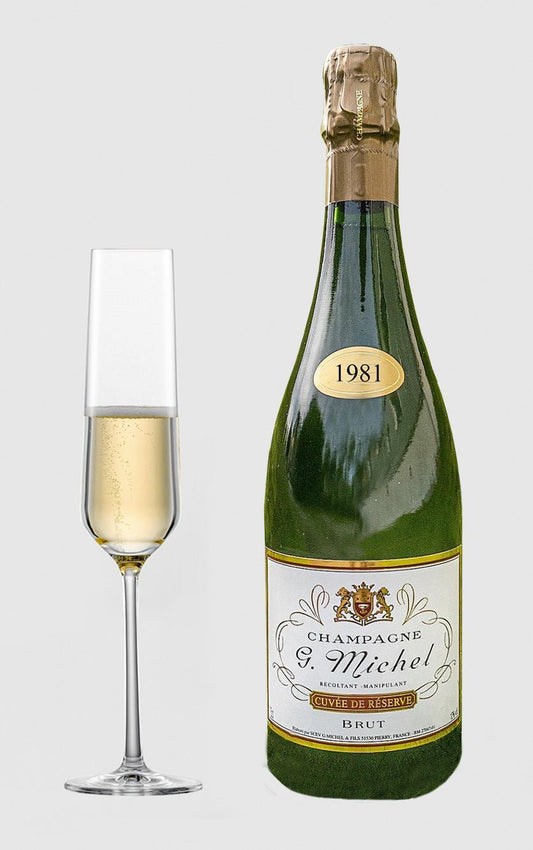 ★ 92 – DH Wines★ 4.7 – VivinoSold out
★ 92 – DH Wines★ 4.7 – VivinoSold outIguy Michel Millésime 1981 Brut
Vendor:Iguy MichelRegular price 699,00 DKKRegular priceUnit price / per -
 ★ 91 – DH Wines★ 4.3 – Vivino
★ 91 – DH Wines★ 4.3 – VivinoPierre Morlet Blanc de Blancs Premier Cru
Vendor:Philippe BouzereauRegular price 399,00 DKKRegular priceUnit price / per -
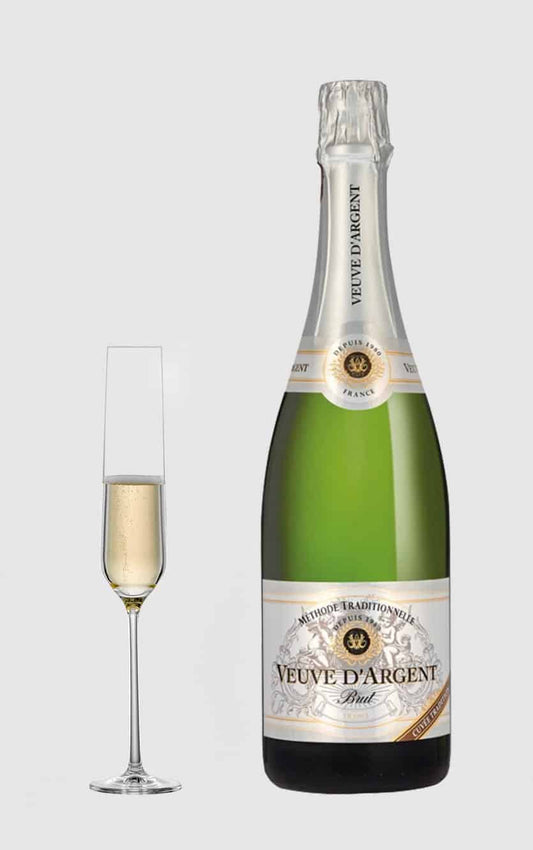 ★ 90 – James Suckling★ 87 – DH Wines★ 3.6 – Vivino
★ 90 – James Suckling★ 87 – DH Wines★ 3.6 – VivinoVeuve D'Argent Brut Blanc De Blancs
Vendor:Veuve D´ArgentRegular price 110,00 DKKRegular priceUnit price / per95,00 DKKSale price 110,00 DKK -
 ★ 100 – Decanter★ 99 – James Suckling★ 99 – DH Wines★ 98 – Wine Enthusiast★ 98 – Robert Parker★ 4.7 – Vivino
★ 100 – Decanter★ 99 – James Suckling★ 99 – DH Wines★ 98 – Wine Enthusiast★ 98 – Robert Parker★ 4.7 – VivinoLouis Roederer Cristal 2008 in Giftbox
Vendor:Louis RoedererRegular price 3.495,00 DKKRegular priceUnit price / per -
 ★ 91 – Wine Enthusiast★ 91 – DH Wines★ 90 – James Suckling★ 4.3 – Vivino
★ 91 – Wine Enthusiast★ 91 – DH Wines★ 90 – James Suckling★ 4.3 – VivinoGraham Beck Synergy Chardonnay Pinot Noir Extra Brut 2017
Vendor:Graham BeckRegular price 795,00 DKKRegular priceUnit price / per -
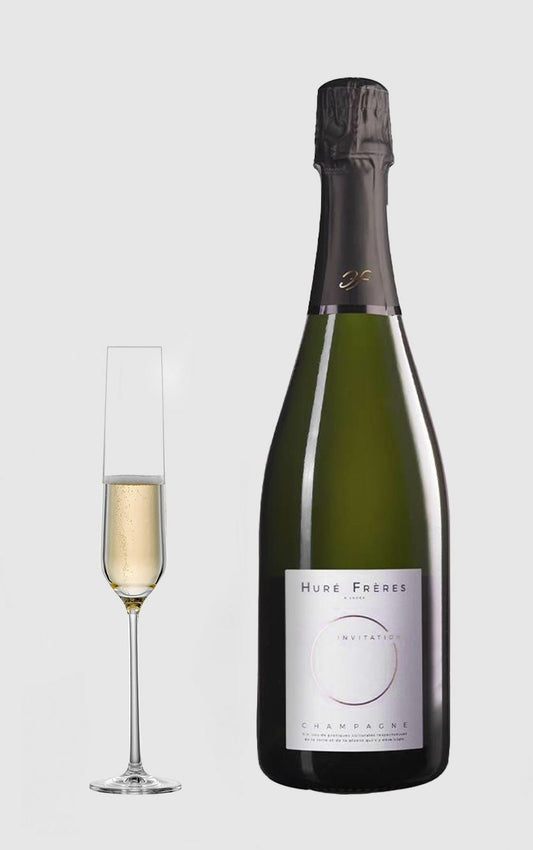 ★ 93 – James Suckling★ 93 – Decanter★ 91 – Wine Enthusiast★ 91 – DH Wines★ 4.2 – Vivino
★ 93 – James Suckling★ 93 – Decanter★ 91 – Wine Enthusiast★ 91 – DH Wines★ 4.2 – VivinoHuré Frères L'Invitation Brut Champagne
Vendor:Huré FrèresRegular price 399,00 DKKRegular priceUnit price / per -
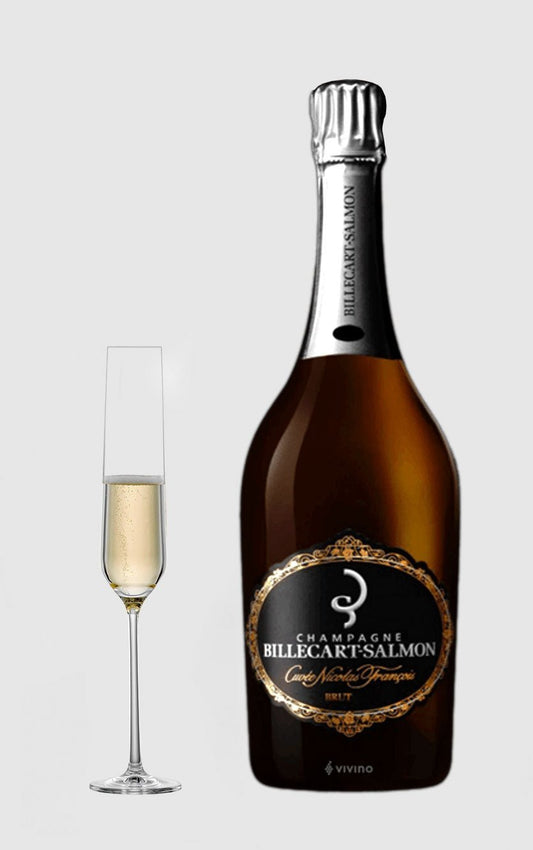 ★ 94 – Wine Enthusiast★ 94 – James Suckling★ 94 – DH Wines★ 93 – Robert Parker★ 4.8 – Vivino
★ 94 – Wine Enthusiast★ 94 – James Suckling★ 94 – DH Wines★ 93 – Robert Parker★ 4.8 – VivinoBillecart-Salmon Champagne Brut 2007
Vendor:Billecart-SalmonRegular price 1.595,00 DKKRegular priceUnit price / per -
 ★ 94 – Wine Enthusiast★ 93 – James Suckling★ 93 – Decanter★ 92 – DH Wines★ 4.5 – Vivino
★ 94 – Wine Enthusiast★ 93 – James Suckling★ 93 – Decanter★ 92 – DH Wines★ 4.5 – VivinoMaurice Vesselle Millésimé Champagne Grand Cru 2013
Vendor:Maurice VesselleRegular price 449,00 DKKRegular priceUnit price / per -
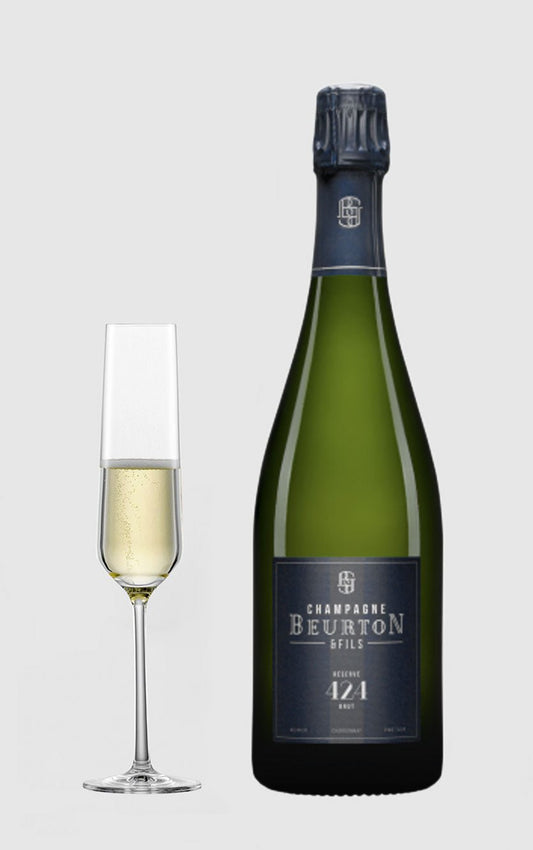 ★ 89 – DH Wines★ 4.1 – Vivino
★ 89 – DH Wines★ 4.1 – VivinoBeurton & Fils Reserve 424 Brut Champagne
Vendor:Beurton & FilsRegular price 299,00 DKKRegular priceUnit price / per -
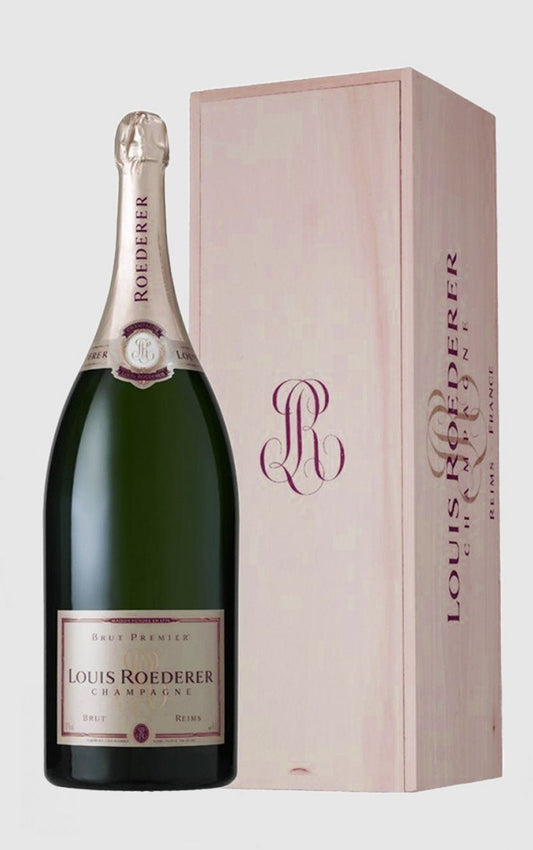 ★ 92 – DH Wines★ 4.5 – Vivino
★ 92 – DH Wines★ 4.5 – VivinoLouis Roederer Nv Champagne Brut Premier, 9 liters
Vendor:Louis RoedererRegular price 8.995,00 DKKRegular priceUnit price / per -
 ★ 95 – DH Wines★ 92 – Robert Parker★ 92 – James Suckling★ 4.4 – Vivino
★ 95 – DH Wines★ 92 – Robert Parker★ 92 – James Suckling★ 4.4 – VivinoLouis Roederer Collection 243 Champagne 37.5 cl
Vendor:Louis RoedererRegular price 249,00 DKKRegular priceUnit price / per -
 ★ 94 – DH Wines★ 4.1 – Vivino
★ 94 – DH Wines★ 4.1 – VivinoLouis Roederer Collection 241 Mathusalem 6 ltr.
Vendor:Louis RoedererRegular price 4.995,00 DKKRegular priceUnit price / per -
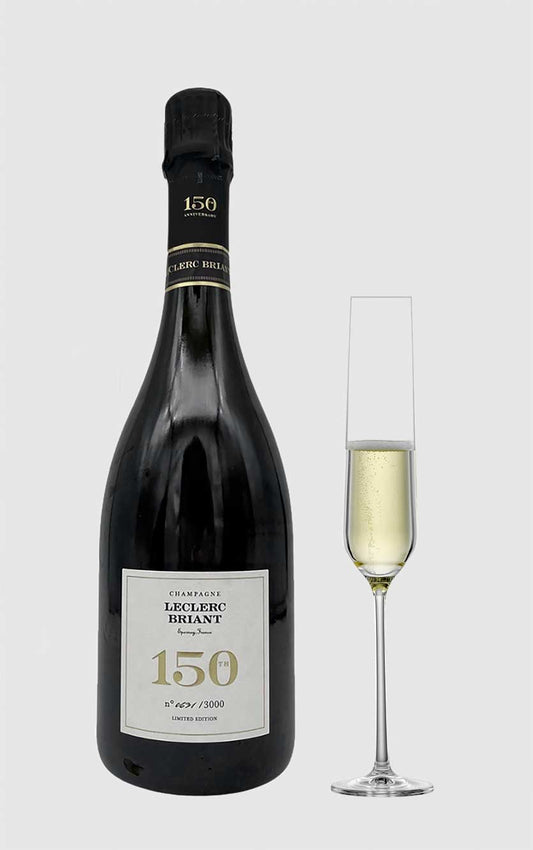 ★ 97 – James Suckling★ 94 – DH Wines★ 93 – Decanter★ 4.5 – Vivino
★ 97 – James Suckling★ 94 – DH Wines★ 93 – Decanter★ 4.5 – VivinoLeclerc Briant 2014 150th anniversary
Vendor:Leclerc Briant-6% rabatRegular price 1.399,00 DKKRegular priceUnit price / per1.499,00 DKKSale price 1.399,00 DKKSale -
 ★ 97 – Wine Enthusiast★ 97 – James Suckling★ 97 – DH Wines★ 95 – Decanter★ 94 – Robert Parker★ 4.6 – Vivino
★ 97 – Wine Enthusiast★ 97 – James Suckling★ 97 – DH Wines★ 95 – Decanter★ 94 – Robert Parker★ 4.6 – VivinoLouis Roederer Cristal 2009 Magnum in gift box
Vendor:Louis RoedererRegular price 6.495,00 DKKRegular priceUnit price / per -
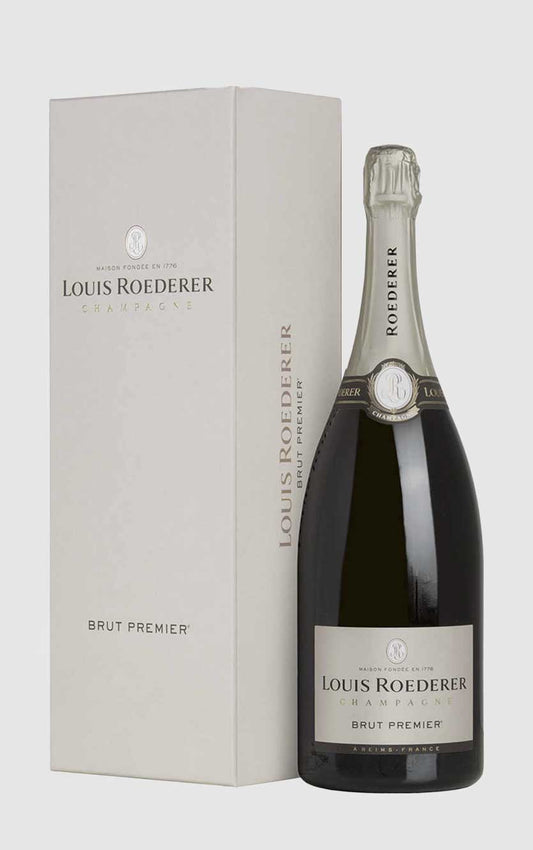 ★ 95 – Wine Enthusiast★ 93 – James Suckling★ 93 – Decanter★ 93 – DH Wines★ 4.2 – Vivino
★ 95 – Wine Enthusiast★ 93 – James Suckling★ 93 – Decanter★ 93 – DH Wines★ 4.2 – VivinoLouis Roederer Collection 245 Champagne MAGNUM
Vendor:Louis RoedererRegular price 1.295,00 DKKRegular priceUnit price / per0,00 DKKSale price 1.295,00 DKK
Collection: Sparkling Wine
Sparkling wine covers wines with carbonation formed by natural fermentation. Classic examples include Champagne, Crémant, Cava and Prosecco – but newer styles such as Pet-Nat and English bubbles are also gaining ground. Production varies in method, terroir and grape composition, creating a wide stylistic range.
Important areas for sparkling wine
- Champagne (France) : The world's most prestigious sparkling wine region. Made with the “méthode traditionnelle” and long bottle aging. Using Chardonnay, Pinot Noir and Pinot Meunier.
- Loire (France) : Crémant de Loire and Vouvray – often with Chenin Blanc and great freshness.
- Catalonia (Spain) : Cava is made from Macabeo, Parellada and Xarel-lo – dry, fresh and elegant.
- Franciacorta (Italy) : Italian counterpart to Champagne, most often with Chardonnay and Pinot Nero.
- Prosecco (Italy) : Made from the Glera grape via the Charmat method. Fruity and light style.
- England and Austria : Cool climate produces acidic bubbles with minerality and finesse.
Methods of manufacture
- Méthode Traditionnelle : Secondary fermentation in the bottle, as in Champagne and Crémant. Provides fine bubbles and depth of aging.
- Charmat (tank method) : Secondary fermentation in pressure tanks. Used for Prosecco and Asti, among others – faster and fruitier style.
- Petillant Naturel (Pet-Nat) : Natural fermentation in bottle without disgorging. Often cloudy, low in sulfur and with lively bubbles.
The production method has a major impact on the finesse, texture and complexity of the bubbles.
Grape varieties and style variation
Sparkling wines are produced from a variety of grapes depending on region and tradition. Some of the most commonly used are:
- Chardonnay : Freshness, citrus and aging potential.
- Pinot Noir : Structure, red fruits and complexity.
- Pinot Meunier : Fruity character and roundness.
- Macabeo, Xarel-lo and Parellada : Used in Cava for purity and finesse.
- Chenin Blanc : High acidity and aromatic depth.
- Glera : Used in Prosecco – produces light and aromatic wines.
The style ranges from bone-dry “Brut Nature” to sweet “Demi-Sec” and depends on the dosage after secondary fermentation.
Frequently asked questions about sparkling wine
What is the difference between Champagne and Crémant?
Champagne can only come from the Champagne region and is made according to strict rules with bottle fermentation. Crémant is produced in other French regions, but also with the méthode traditionnelle – often with local grapes and shorter bottle aging.
What do Brut, Extra Brut and Demi-Sec mean?
The designations indicate the degree of sweetness in sparkling wine. “Brut Nature” is completely dry, “Brut” is classically dry, while “Demi-Sec” has sweetness and is often used for dessert or as an aperitif.
Can sparkling wine be stored?
Yes, Champagne, Franciacorta and certain Crémant wines in particular have excellent aging potential. They develop tertiary notes such as brioche, toasted nuts and honey over time.
- Choosing a selection results in a full page refresh.
- Opens in a new window.
